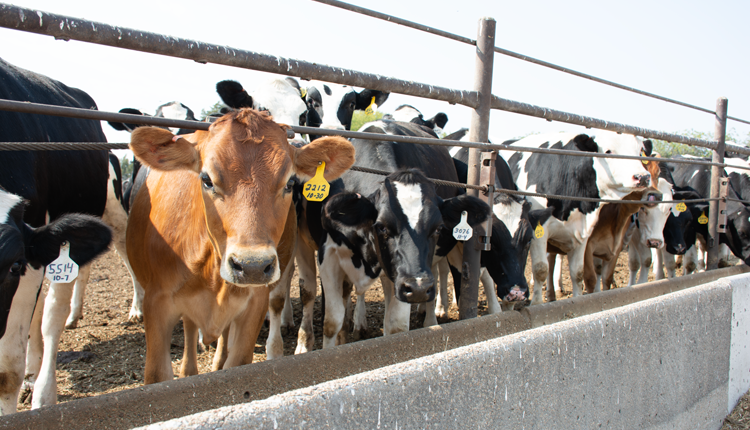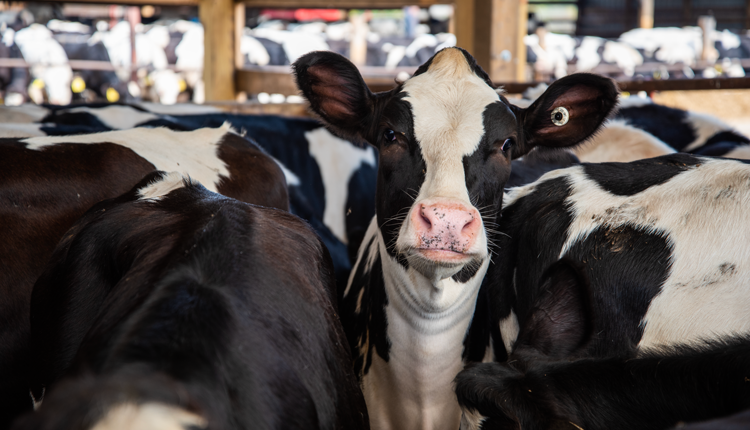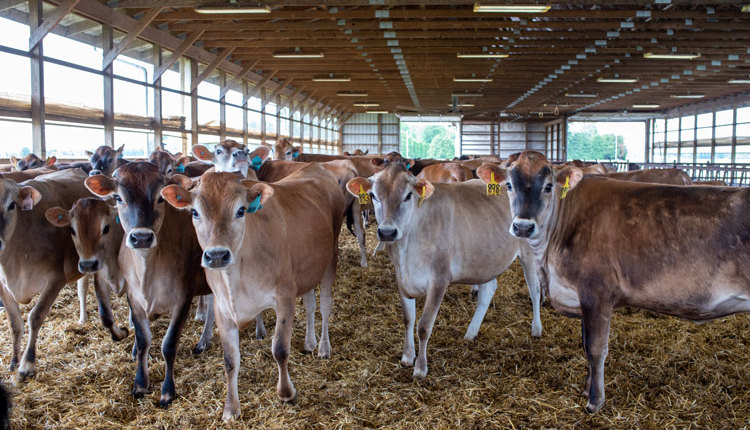
Raising calves and heifers can be the second largest cost on a dairy operation, shared David Combs, dairy science professor at the University of Wisconsin-Madison, during the grazing seminar at World Dairy Expo last week. In a UW-Extension cost of rearing replacements study of Wisconsin dairy farms, feed costs doubled from 2007 to 2013. In this situation, grazing provides a real opportunity to reduce feed costs and labor, said Combs.
If you choose to raise heifers on pasture, the goal should be to maintain growth rates while reducing feed costs. Combs shared his guidelines for raising heifers on pasture.
Don't underfeed wet calves. Calves should double their birth weight by 8 weeks of age.
Once calves are weaned and on pasture, a good goal is to reach 55 percent of mature weight at breeding and 82 percent of mature weight at first calving. To accomplish this, a Holstein needs to gain about 1.7 pounds per day, while a Jersey should gain 1.3 pounds per day.
Use pasture if it can lower forage production costs. Grazing can be a way to incorporate more forage into the diet while saving some labor and harvesting costs.
Supplements are expensive but needed. When choosing supplements for heifers on pasture, energy is the driver. Young heifers require almost as much total digestible nutrients (TDN) as milking cows. The pounds of supplement needed depend on percent neutral detergent fiber (NDF) in the ration and body weight.
You can reduce the need for some supplementation by maintaining high quality pastures. Look for varieties or grasses that are winter hardy and late maturing, with good seasonal distribution of yields and rust resistance. Tall fescue, meadow fescue, and orchard grass are Combs' top picks.
Grazing may lead heifers to be healthier or more productive as cows. Research from Minnesota showed fewer displaced abomasums and dystocia in pasture raised heifers, but no differences in the incidence of ketosis or metritis were found. Grazing appears to lean in the right direction in regards to improved health, explained Combs, but it's not the reason he would choose to graze, as more research is needed.
Don't raise more heifers than needed. We are raising more heifers than we need, and with low prices we're not getting much return on investment. We now have tools that identify animals that won't produce well because of their genetic make-up, said Combs.
With this knowledge, we can be more selective on the heifers we raise. This, in combination with strategies such as grazing that reduce rearing costs, can benefit a dairy's bottom line.

The author is an associate editor and covers animal health, dairy housing and equipment, and nutrient management. She grew up on a dairy farm near Plymouth, Wis., and previously served as a University of Wisconsin agricultural extension agent. She received a master's degree from North Carolina State University and a bachelor's from University of Wisconsin-Madison.











